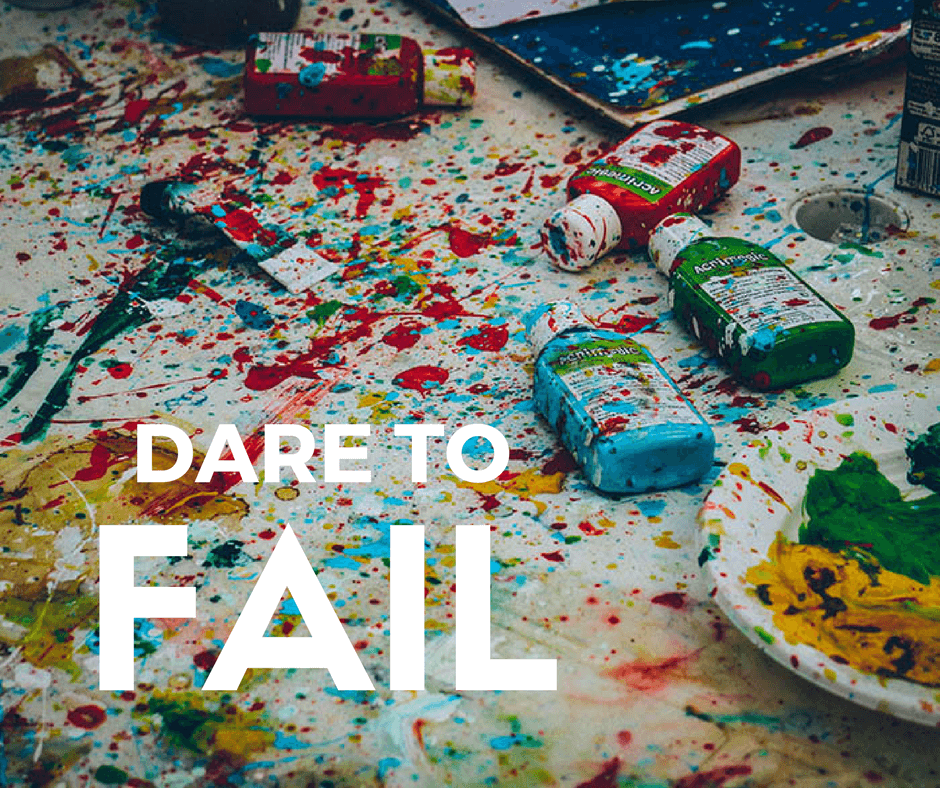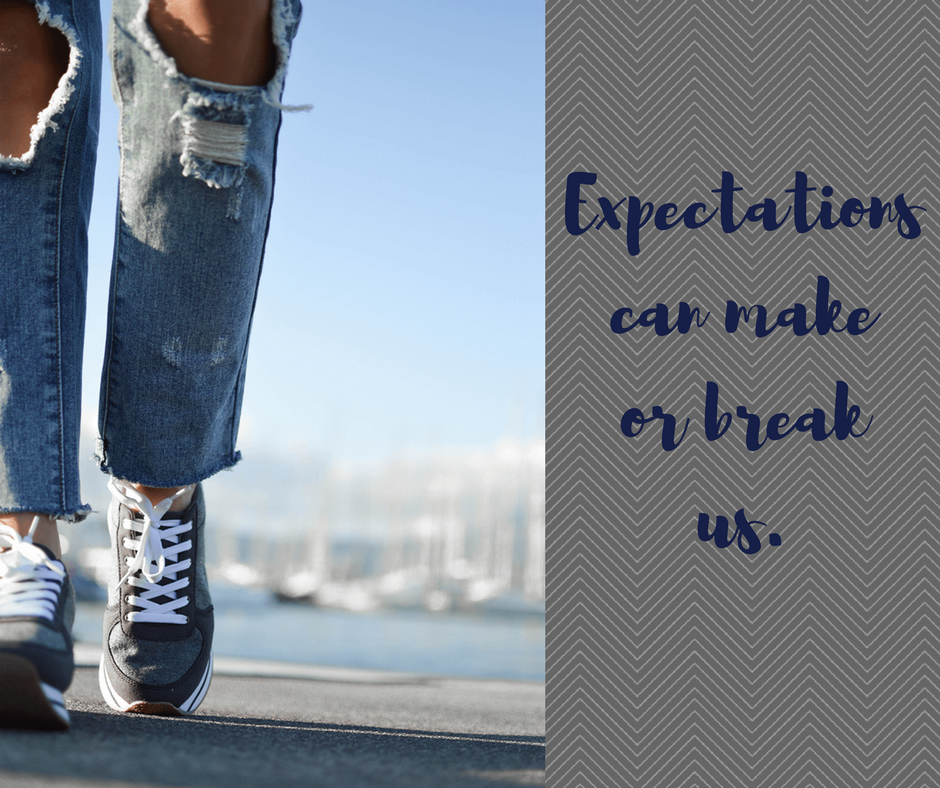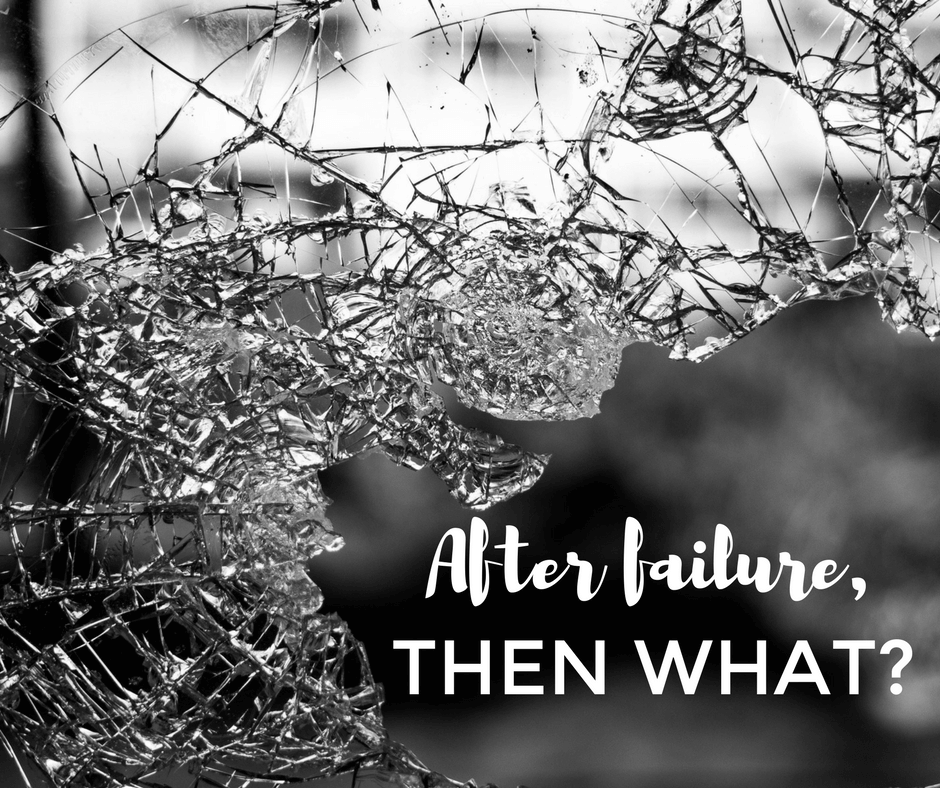by Naomi | May 11, 2017 | Creative Life
One of the first questions I ask writers as they develop a story character is “What are your character’s strengths?” After identifying strengths, we also think about weaknesses. However, we start by looking for those places where a character shines.
If a character has only weaknesses or is overwhelmed by life’s challenges, she doesn’t have the confidence to begin taking action. Characters who can’t take action quickly lose a reader’s interest. We want to shake them by the shoulders and say, “DO something!”
But in our own lives, we tend to focus on the problems.
What isn’t working? What do we need to fix? Maybe this approach is due to the overwhelming amount of marketing messages we encounter. These messages are craftily designed to remind us of who we are not and what we do not yet have. Savvy marketers know that when they sell a transformation, buyers buy. And yet, when we spend most of our time identifying how we ought to be transforming: personally, professionally, creatively, socially, and so on, we lose our footing. Or to be more specific, we lose our confidence.
Starting with a win is a sure way to keep winning.
I’m not talking about fooling ourselves with overly sunny self-talk. We know when we’re telling ourselves a lie. The trick is to start with a win we’ve already achieved, or one that isn’t a long shot from where we currently stand.
Research shows that a key factor to achieving a goal is belief. We must believe we are capable of success. Until we have actually conquered a challenge, we might hope we can overcome the odds, but we don’t know for sure. On the other hand, each real success adds to a track record that builds our confidence. Sounds obvious, right? Yet, we still struggle.
Why? We don’t play to our strengths.
Think about the last time you did something new. Did you first review any current skills or successes on which you might build? Or did you focus on the gap between your skills and your goals? Chances are high you focused on the gap. You’re definitely not alone!
When we consider a child who doesn’t know how to play guitar or draw or speak Spanish, we give the child the benefit of the doubt. They need time to learn this new skill set. As adults, we don’t give ourselves that grace. We look around at peers and we see their expertise. Without questioning our assumptions, we berate ourselves for what we have yet to learn. Rather than playing to our strengths, we start from our weaknesses. In most cases, this negative beginning leads to false starts, slow learning curves, and more often than not, we give up.
What if, instead, you played to your strengths?
What if your approach to learning something new went like this?
- Find a point of connection between what you currently do well and what you want to learn.
- Start with that connection point, and give yourself a small challenge. Choose a challenge you are sure you can tackle.
- When you achieve your goal, celebrate! Tiny mid-journey celebrations help us enjoy the learning process.
- Next, choose a new challenge that stretches you one step further.
- Move forward in this way, small challenge to small challenge.
- If you fail to reach a challenge, don’t fret! Return to your most recent success and analyze what you can learn from the failure. What adjustments will give you a better chance of success the next time around?
- After a few weeks or a month, look back over your progress and note how far you’ve come. Chances are high that you’ll be amazed!
Try it out, and then come on back and share the story of how it went. I’d love to hear about your journey. You can comment below, or connect with me on
Facebook or
Twitter.
Here’s to you and your creative growth!
by Naomi | Apr 18, 2017 | Writerly Play Activities
Visit the Writerly Play Studio and play your way into creative discoveries. Never heard of the WP Studio? Learn how Writerly Play thinking strategies supercharge your creativity here.

Do you remember when you first tried to do a cartwheel? How easy was it for you to take a running start and plant your weight firmly onto your hands, flipping your feet up off the floor?
Or maybe you didn’t take a running start. Maybe you tried to play it safe, and rather than elegantly flipping heels over head, you flopped ungracefully onto the floor. Even if you did take a running start, you probably tumbled onto the ground at least once as you practiced and worked out the mechanics.
In theatre class, when we teach circle games, we often also teach the students to strike a “superstar” pose when a mistake is made. The point of the parameters in a circle game isn’t to humiliate people when they make a mistake. The point of parameters is to push players to engage with more intensity. Games are more fun when there’s a risk of failure. There’s an energy and excitement to taking on a challenge. There’s mystery, too. Will we succeed? Will we fail? What will happen?
Playing at the edge of your boundary, out where you might succeed and you might fail, where you honestly don’t know what will happen, is exciting. These boundaries are where surprises show up. They are where we make break-throughs.
Try This:
- Choose a project.
- Dare to fail. In your next creative session, dare to create badly. Dare to write badly, or to be a bad actor. Let go of being careful. Forget what you know about craft and just throw yourself into creating.
- After you’re done, reflect on the experience. Much of what you did may have been over the top or poorly executed, and yet, you might find bits and pieces that have potential, too. When you throw caution to the wind, you move into new territory, and new territory tends to be full of discovery.
Daring to fail, even privately, isn’t easy. We like the idea of being accomplished, and it can bruise our ego to experience the humiliation of doing something poorly. And yet, it’s important to consider: How will you know what you’re capable of, if you don’t push beyond your comfort zone?
Daring to fail is like taking a running start at a cartwheel. You throw yourself into it, and learn from what works and what doesn’t. What might you be capable of, if you stop tiptoeing and go ahead and take a running start?
Try it out, and then come back and share your story. I’d love to hear about your experience and your courage. You can comment below, or connect with me on
Facebook or
Twitter.
by Naomi | Apr 13, 2017 | Creative Life

We’ve all heard stories of famous people who struggled, who failed, and who ultimately succeeded. Listening to these examples, I can almost hear soaring movie soundtracks underscoring the victories. These inspiring tales make us think: Someday, my challenges will be worthwhile because I’ll have a story to tell. I’ll create a theme park or an internationally successful book series.
But what if we don’t? Will our failures be any less meaningful to us, if we don’t turn out to be as successful as Walt Disney or J.K. Rowling?
Expectations Can Make or Break Us
Maybe our failures will be meaningful as plot points on our way to huge success. But what about failure’s significance today? Think of each failure as a debt. We invest $10 one day–a small struggle–and $100 the next with a bigger embarrassment. Maybe we crash and burn with a $100,000 disaster. The debt racks up. We pull ourselves up again and again with the expectation that one day, an overwhelming stroke of success will outweigh each failure’s pain. Unfortunately, lightning doesn’t strike that often. By the time we have a $1,000,000 debt against future success, we’re more likely to fall apart than to strike it big.
The Value of Failure
It is possible that any life will turn out to be an epic tale of failure and success. However, we can all count on our lives being a day-to-day mixture of hardship and joy. We can make practical decisions about how to deal with failure in the day-to-day, so we don’t rack up future debt. As with money, the small decisions we make matter. We can be strategic now, or we can pile up hardship on our future selves.
Failure has a cost, but it also has value. When we are willing to feel the sting of failure and learn the lesson failure has to teach, we can invest our learning in next steps. Each success or failure builds upon our lifetime of experience. What we learn helps to ground us, adds to our future decision-making capacity, and expands our toolkit and understanding.
How Failure Moves Us Forward
Failure Builds Resilience
Many people fear public speaking. In fact, what they actually fear is the embarrassment of messing up in front of a crowd. The more often a person speaks to groups of people, the more this fear decreases. Why? Because over time, we learn that while embarrassment is uncomfortable, it’s also survivable. When a speaker can roll with inevitable mistakes, she can focus on more important goals, such as clear communication and connecting with an audience.
Surviving failure builds resilience, whether it is a small failure, such as tripping over a word in front of a crowd, or a larger one, such as launching a new product or artwork to lackluster response. The secret to gaining resilience through failure is to:
- Look the failure in the face.
Yep. I messed up. Yep. I feel embarrassed. And I wish I could go back and make different decisions.
- Ask yourself: What can I learn from this experience?
Make something of the experience right now. Rather than hoping that future success will make this moment meaningful, reflect on what happened, apply any learning that you can to your next decision, and move forward.
Failure Provides Information
Once you’ve built enough resilience to brave failure regularly, experimentation becomes a powerful tool. If your mindset requires that you present a perfect face, moving into new territory is challenging. But, when you’re able to share your flaws-and-all self with those around you, you can start to beta test.
How might this look? What if you wrote a picture book a day, rather than trying for one perfect one every month? What if you hopped on Facebook Live daily for a week rather than painstakingly planning a one-time presentation? The secret to gaining information through failure is to:
Quick iteration offers a speedy feedback loop. Growth speeds up because you’re putting more material out there and receiving feedback more often.
In quick iteration loops, some of your feedback can rub your ego the wrong way. You know things would be more polished with more time spent on the details. Do your best to see past the less helpful comments so you can hear the more substantial feedback. What’s working? What should you build on? What do you need to let go?
Failure Closes a Door
Sometimes failure closes a door. A real and true no can be particularly painful. That said, even closed-door failures can move us sideways in unexpectedly positive ways. When failure closes a door, we gain important information. Our past approach is no longer an option. Also, we gain time that otherwise would have been tied up. Where will we invest our time? What did we learn through the experience that we can invest in future steps?
The secret to moving forward after failure closes a door is to:
Grief must be experienced, now or later. The most healthy way to deal with loss is to brave the pain of it, to accept it for what it is, and to honestly process the emotions. Beware the expectations that show up, vying for your attention. It’s true, this moment may pay off sometime in the future, but the experience has value right now. You are gaining strength, confidence, and grit.
- Decide what to let go and what to carry forward.
Some of the lessons learned will be worth carrying forward, but some disappointments should be let go. Consider treating this decision-making process as though you are packing a suitcase. Examine every thought and belief before folding it and placing it inside the suitcase. Make sure each article in the suitcase has a productive purpose.
When the wind exits our sails, we can either drift or turn on the motor. Even if we’re not entirely sure of the overall plan, it’s important to take action. Once we’re in motion, we can start to iterate and find our way forward through actionable feedback.
Failure isn’t romantic. Like grime, it can build up over time and get in our way. However, if we’re mindful about our reaction to failure when it shows up, we can use difficult circumstances to grow. With thicker skin, small failures can roll off our backs, and we can increase our ability to succeed by putting ourselves in increasingly challenging situations. The more pitches we swing at, the more we’re likely to hit a ball out of the park.
Have you experienced a failure that helped you to grow? I’d love to hear your story. Share in the comments section below, or connect with me on Facebook or Twitter. In the meantime, here’s to you and your creativity!
by Naomi | Apr 10, 2017 | Creative Life
Failure can easily be romanticized. We hear stories of people who failed again and again, who persevered, and ultimately succeeded. It is important to remember: While they were falling down, struggling, and daring to rise again, these successful people didn’t know what we know now. They did not know that one day their failures would make an excellent story.
No one can promise that failure will lead to success. And yet, finding ways to rise up after failure, to lessen our fear of failure and the power that fear holds over our lives and work, is a worthwhile pursuit.
So, with all of that in mind, here are three thoughts on failure for your consideration. What feelings or thoughts do they spark for you?

“There is only one thing that makes a dream impossible to achieve: the fear of failure.”
― Paulo Coelho, The Alchemist
“It is neither good nor bad, but thinking makes it so. “
― William Shakespeare
“The truth is: Belonging starts with self-acceptance. Your level of belonging, in fact, can never be greater than your level of self-acceptance, because believing that you’re enough is what gives you the courage to be authentic, vulnerable and imperfect.”
― Brene Brown
Looking for more? Explore these thoughts and stories about failure and rising again on my Pinterest board.
by Naomi | Dec 22, 2016 | Creative Life

When I was a little girl, I made most of my Christmas gifts for others. My mom had a sheep collection–ornaments, knick-knacks, and everything in between. One year, I decided to add a new sheep to her collection. What could be easier? A little paper mache, some paint, and wha-la! I busied myself with glue and paper and created the cutest little sheep. I waited for him to dry, excited to add the final details. But then, I noticed an odd smell. Every day, the smell grew worse, until the stink filled my closet. It took a while for the penny to drop, but finally I remembered that when we’d made paper mache in school, we’d used a balloon and a thin layer of paper and glue. Inside my sheep was a wad of paper soaked in paper mache … the smell was my sheep rotting from the inside out.
More than any of the other presents I’d made, I’d been looking forward to giving the sheep to my mom. Now, what should I do? Should I toss out the stinky sheep? If I did, what would I replace him with?
In the end, I wrapped him up and put him under the tree. Yes, I did. I was hoping for a Christmas miracle, I suppose. I hoped his insides would finally dry and the stink would magically disappear. No such luck. We still laugh about the look on my mom’s face when she pulled that rotting sheep out of the tissue paper.
But the snort-hiccuping full body laughter that followed the unwrapping of the sheep did feel like a miracle. I did not create a work-of-art sheep. But, somehow even in my failure, I created the space for our hearts to connect.
My wish for you is that you experience a Christmas miracle of your own. Maybe it will be a fail, or it may be a win … or something in-between. But, it’s funny how failure sometimes offers the best kinds of surprises, the kind we can’t plan for, the kind that help us truly connect with each other.
And speaking of connection, I want to thank you for being such a special part of my year. I look forward to sitting down to write to you, my heart to yours. Thank you for reading, for giving me reason to write, for all that you create in the world.
Lots of love to you. See you in the New Year.






